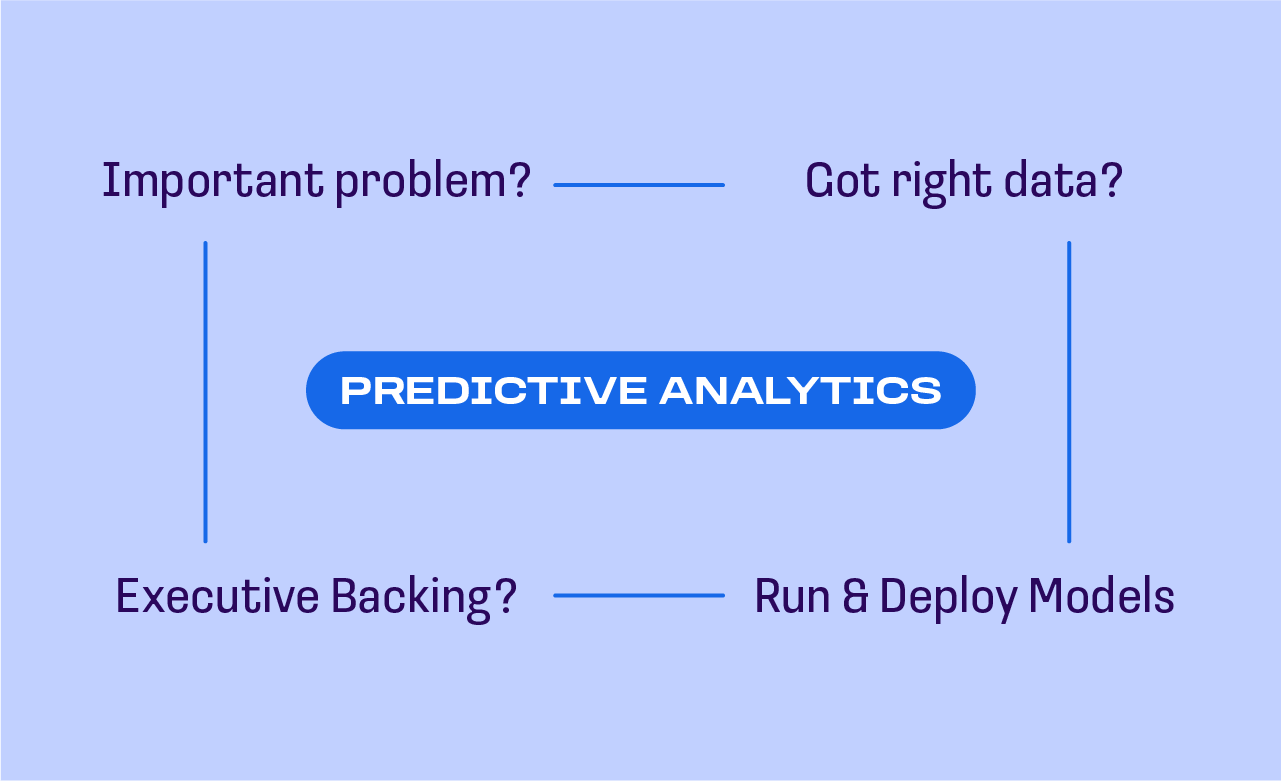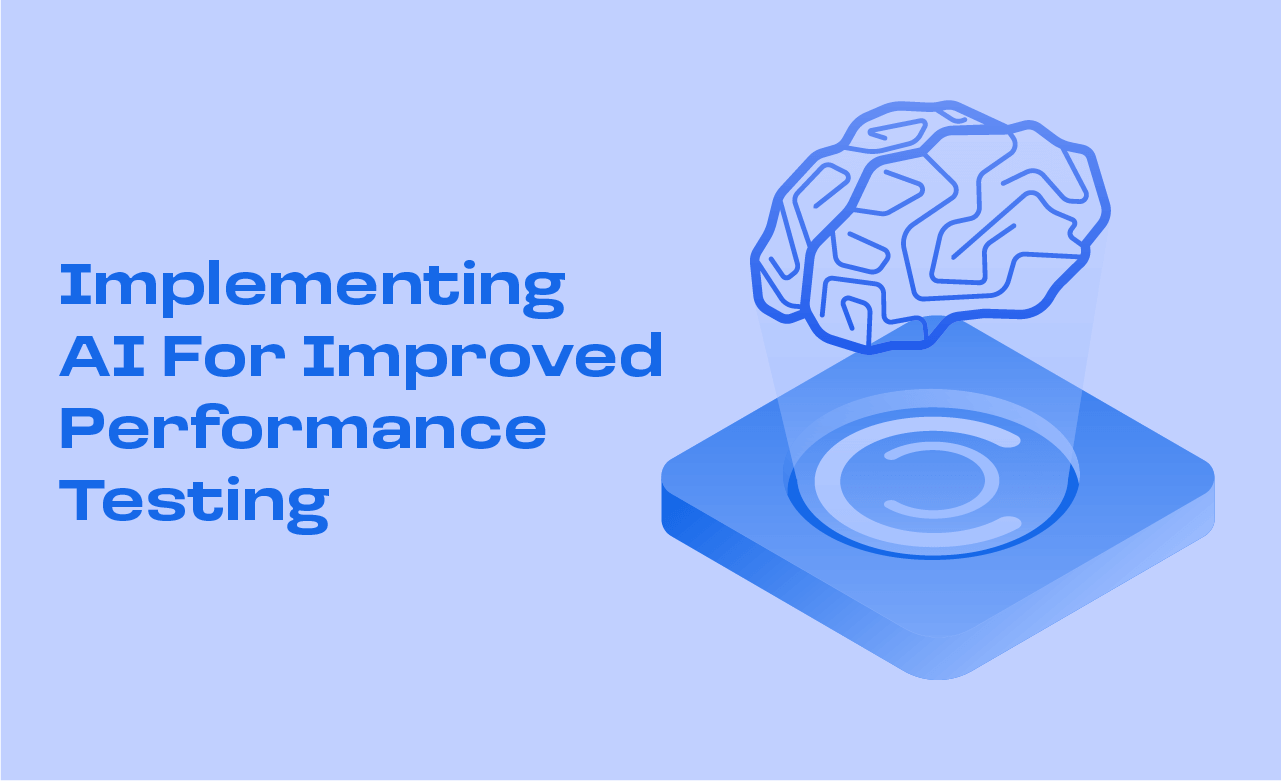The Future of Manual Testing: How AI is Transforming the Field
The author of this article is EPAM Senior Business Analyst Neha Sapru.

Introduction
Artificial Intelligence is rapidly evolving and is being integrated into various sectors, including software testing. It is transforming traditional manual testing by automating repetitive tasks, improving accuracy, and providing predictive insights.
This article explores and explains these advancements, their applications, and their potential impact on the future of software testing. It's a subject of interest for software developers, testers, project managers, and anyone curious about the intersection of AI and software development.
Manual testing has been a cornerstone of software development for decades. It involves a tester manually operating a system and checking whether it behaves as expected. The advent of Artificial Intelligence (AI) is set to revolutionize this traditional method. AI's ability to learn, predict, and automate tasks is transforming the field of manual testing, making it more efficient, accurate, and comprehensive.
1. AI in Test Automation

One of the most significant impacts of AI on manual testing is the rise of test automation. AI algorithms can be trained to perform routine, repetitive manual tests, freeing up human testers to focus on more complex tasks.
Use Case: Regression Testing
Consider regression tests, which are performed to ensure that new changes don't break existing functionalities. An AI-powered tool can automate these tests, saving time and increasing accuracy by eliminating human error.
2. Predictive Analytics in Testing

AI can also enhance testing using predictive analytics. Machine learning algorithms can analyze historical data from previous testing cycles to predict potential problem areas in the software.
Use Case: Risk-Based Testing
By analyzing past testing data, AI can identify high-risk areas in the software. Testers can then prioritize these areas, improving the efficiency and effectiveness of testing.
3. AI in Performance Testing

Performance testing, which checks how a system behaves under a particular load, can also benefit from AI. AI can simulate thousands of users interacting with the system simultaneously, providing a more accurate picture of the system's performance under real-world conditions.
Use Case: Load Testing
An AI tool can, for example, simulate a high number of users accessing an e-commerce website simultaneously during a sale. This can help identify bottlenecks and ensure that the website can handle the load during peak times.
4. AI in Defect Tracking
AI can also streamline defect tracking. Machine learning algorithms can analyze bug reports to identify patterns and trends, helping testers to understand the root causes of defects and to predict where new defects might occur.
Use Case: Bug Triage
AI can analyze bug reports and automatically categorize them based on severity and type. This can help in prioritizing bug fixes and in understanding common issues in the software.
Conclusion
The integration of AI into manual testing is transforming the field, making testing more efficient, accurate, and comprehensive. While AI will not replace human testers, it will augment their capabilities, freeing them from routine, repetitive tasks and providing them with valuable insights. As AI technology continues to evolve, its impact on manual testing will only grow, reshaping the future of software development.

.png)
